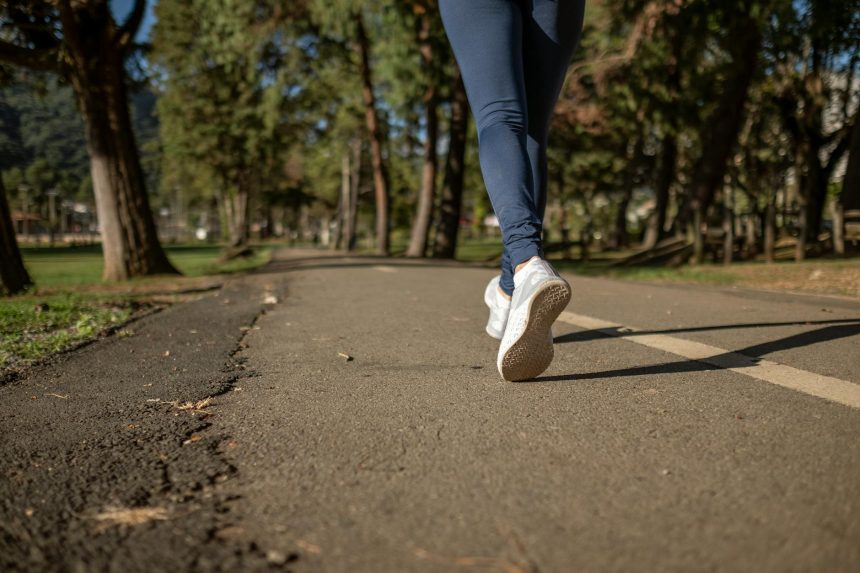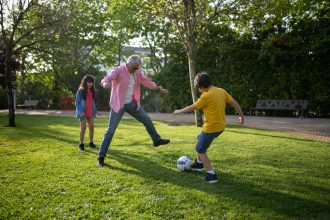trail-running-as-art
Trail Running as Art: 7 Ways to Find Beauty in the Wild
Trail Running as Art: 7 Ways to Find Beauty in the Wild
Have you ever watched a skilled trail runner navigate a technical descent, moving with a grace that seems almost choreographed? It’s more than just speed or endurance; there’s a certain elegance, a profound connection to the environment that transcends mere athleticism. This raises an intriguing question: can trail running as art truly be a valid perspective?
Defining Art: More Than Just a Canvas
Before we delve into the world of athletic expression, let’s consider what elevates something to the realm of art. Art isn’t always found in galleries or museums. It’s often defined not by its medium, but by its intention, execution, and the emotional response it evokes. It’s about how something is done, the skill, creativity, and unique interpretation involved.
The Craft of Movement: Precision and Flow on the Trails
Every stride on a challenging trail demands precision, adaptability, and an intuitive understanding of the terrain. A trail runner isn’t just covering distance; they are engaging in a dynamic dance with nature. This sophisticated interplay of balance, strength, and agility transforms a simple run into a performance.
Beyond the Pace: The Aesthetics of Effort
It’s in the fluid transitions over roots, the calculated leaps across streams, and the rhythmic breathing on steep ascents. These elements combine to create a visually compelling and deeply felt experience, both for the runner and any observer. The raw effort becomes a powerful form of expression, a testament to human capability.
Nature’s Canvas: Where Trail Running as Art Unfolds
Unlike track or road running, trail running is inextricably linked to its environment. The mountains, forests, deserts, and coastlines provide an ever-changing backdrop, influencing every movement and decision. The runner becomes an integral part of the landscape, not merely passing through it.
- Varying Terrains: From rocky ascents to muddy descents, each surface demands a different technique, adding layers to the “performance.”
- Dynamic Light: Sunlight filtering through trees or the dramatic hues of a sunset transform the visual experience.
- Sensory Immersion: The sounds of nature, the scent of pine, the feel of wind – all contribute to the immersive artistic encounter.
The Runner’s Expression: A Personal Masterpiece
For many, trail running is a deeply personal endeavor, a way to connect with themselves and the world around them on a primal level. It’s a form of moving meditation, a space for self-discovery and pushing boundaries.
Finding Freedom in the Wilderness
The freedom found on the trails allows for an uninhibited expression that is rare in other contexts. This raw, unfiltered interaction with nature and self can be profoundly artistic, a testament to individual spirit and resilience. It’s about finding your rhythm and painting your unique path.
7 Ways to Experience the Artistic Side of Trail Running
Ready to see your next run through a new lens? Here’s how you can embrace trail running as art and deepen your appreciation for this incredible sport:
- Practice Mindful Movement: Focus on each step, the subtle shifts in balance, and how your body interacts with the ground. Pay attention to your form and the sensation of movement.
- Embrace the Environment: Look at the scenery not just as a backdrop, but as an active participant in your run. Notice the details, the light, the textures, and how they inspire your pace.
- Seek Flow State: Strive for that effortless feeling where mind and body are perfectly synchronized, and time seems to disappear. This is where true artistry emerges. Learn more about flow state in sports from scientific research. Explore the psychology of flow.
- Vary Your Trails: Explore different landscapes and technical difficulties. Each trail offers a unique “canvas” for your movement, demanding new skills and adaptations.
- Run with Intention: Whether it’s to push your limits, find peace, or simply explore, let your intention guide your movements. This imbues your run with purpose and meaning.
- Document Your Journey: Take photos, write about your experiences, or even sketch. This can help you reflect on the beauty and challenges you encountered, solidifying your artistic perspective.
- Share the Experience: Running with others who appreciate the aesthetic side can enrich your perspective and foster a shared appreciation for outdoor sport art. Consider joining a local trail running group to share techniques and experiences. You can find tips for safe and enjoyable trail running on sites like Runner’s World UK.
The Growing Appreciation for Outdoor Sport Art
As the sport of trail running continues to grow, so does the recognition of its multifaceted nature. It’s no longer just about racing; it’s about the journey, the challenge, the connection, and yes, the inherent beauty of human movement in wild spaces. This evolving perspective elevates the sport, inviting a deeper, more meaningful engagement.
Embrace the Artistry of the Trail
Ultimately, viewing trail running as art opens up a richer, more profound way to engage with the sport. It’s about recognizing the skill, the expression, and the deep connection to nature that elevates it beyond mere physical exertion. From the precision of movement to the canvas of the wilderness, every run can be a masterpiece in the making.
What are your thoughts? Do you see the artistic side of trail running? Share your experiences and perspectives in the comments below!
Discover why trail running transcends mere sport, becoming a profound expression of movement and connection with nature. Explore the artistry of the trails and deepen your experience.
Trail runner gracefully navigating technical mountain terrain at sunset
Featured image provided by Pexels — photo by Daniel Reche










